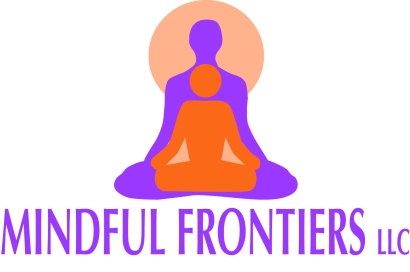Using equanimity and mindfulness during times of change.
Published September 15, 2022 in The Taos News
It is said that the one thing constant in life is change. Transitions are sometimes difficult and we grow in many ways as we experience times of change. Everything changes, from the seasons, our health, our thoughts, and our bodies, to our perspectives on life. The way we understood and thought of life as a child is not what we understand as adults. We continue to learn and evolve as humans based on what is going on right now and how we relate to each situation.
Equanimity is a way to work with change that helps us accept transitions with grace and patience. Equanimity is defined as, “mental calmness, composure, and evenness of temper, especially in a difficult situation.” How do we bring mental calmness and composure to difficult situations? Life can be really challenging and many times it seems we will never make it through. Equanimity helps us bring ease and acceptance into stressful and unpleasant experiences so that we are at peace no matter what changes come into our life.
In an article in Lion’s Roar entitled Finding a Better Balance, author Christiane Wolf writes about how equanimity can protect us from emotional overreaction and allow us to rest in a more balanced perspective. She explains a few things we can do to bring equanimity into how we relate to life.
- Be willing and able to accept things as they are in each moment— whether they’re challenging, boring, exciting, disappointing, or even exactly what we want.
- Equanimity should not be confused with indifference. Equanimity isn’t gritting your teeth or white-knuckling it. Rather, it’s caring deeply with acceptance and nonreactivity.
- Equanimity and mindfulness are closely interwoven and mutually reinforcing. Through mindfulness, we can observe the flow of thoughts, feelings, and sensations in the body without having a knee-jerk reaction.
- Living life in a conscious way will make us more equanimous over time but we don’t have to leave that up to the worldly winds. We can practice it deliberately. Ultimately, our equanimity isn’t only good for us, but also for everyone we encounter.
The following practice is a group contemplation on change. We sit together in a circle and one person shares the reading while everyone else listens attentively. Then, we all answer the final questions and discuss together how we can bring equanimity to changes in our daily life.
| Equanimity Contemplation and Meditation Change surrounds us. It lies within us, too. The trees in the yard have changed. They’ve grown taller. Their leaves die and scatter on the ground in the fall. We don’t resemble our baby pictures much anymore, either. Like trees, we’ve grown up. As babies, we couldn’t walk. But we learned to run, ride bikes, go out alone to movies and parties. Some changes we don’t notice while they’re going on. The snow melts; the birds fly south; our hair grows a little every day. Other changes startle us. A best friend moves away. Perhaps a favorite grandparent dies. These changes we wish hadn’t happened, and we have to remember that change is as natural as breathing. We can’t keep it from happening, but we can trust that change never means to harm us. It’s a sign we’re growing up and becoming more resilient. What changes have you noticed today? Choose one change and explain how you can bring equanimity to it. (How can you be mindful of what happened and accept it without getting wound up in despair or over-reactivity?) |

